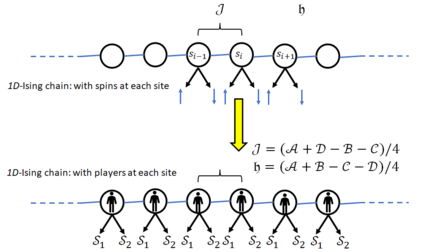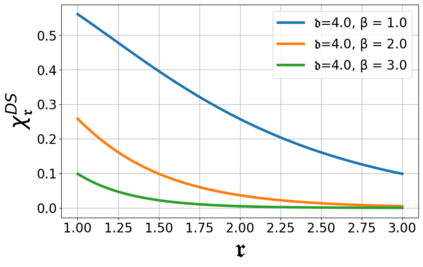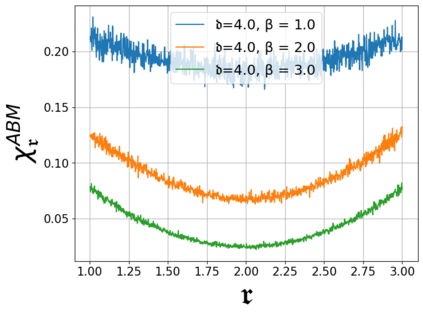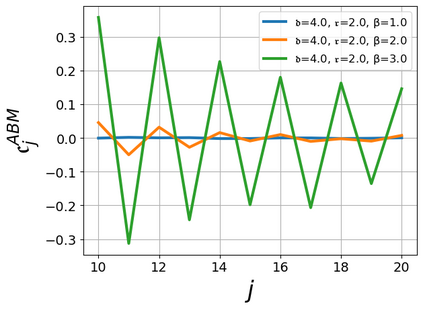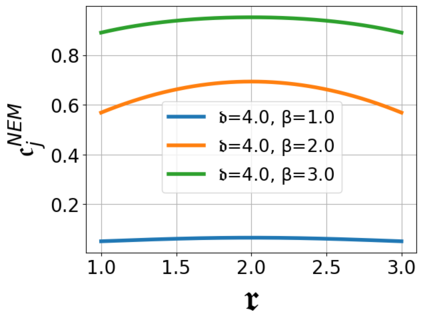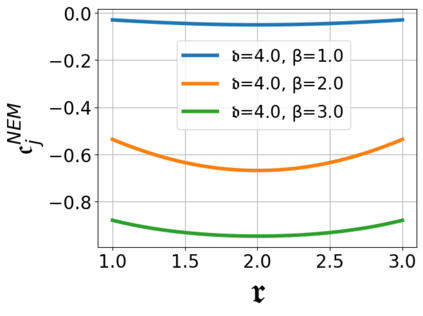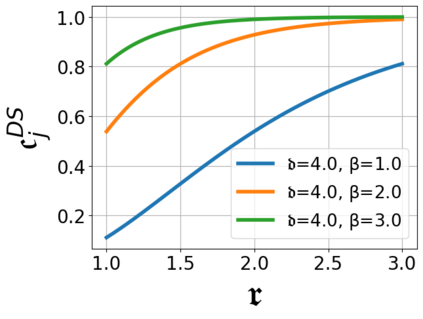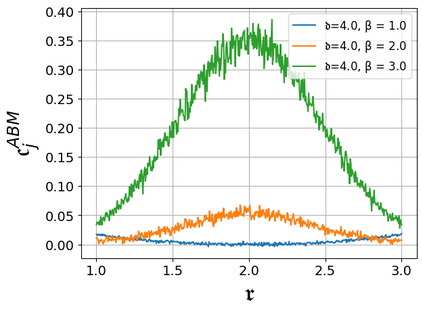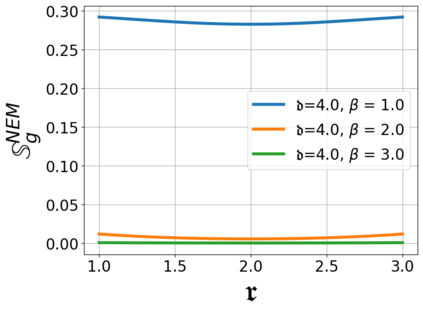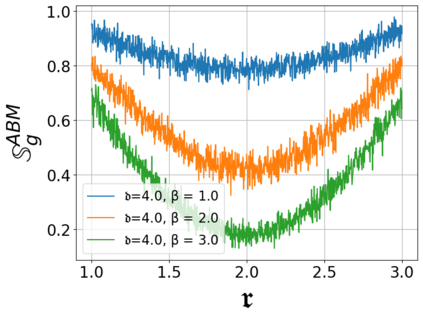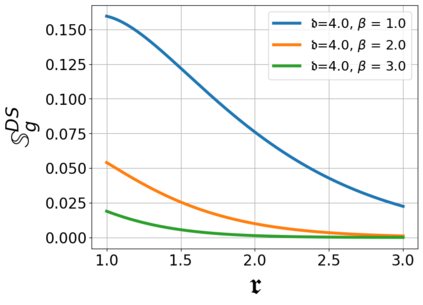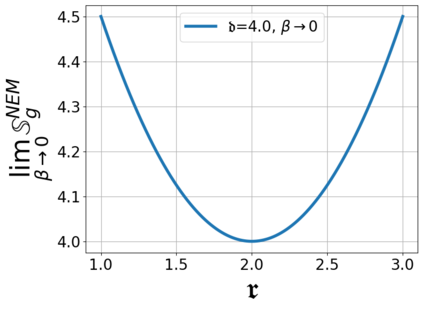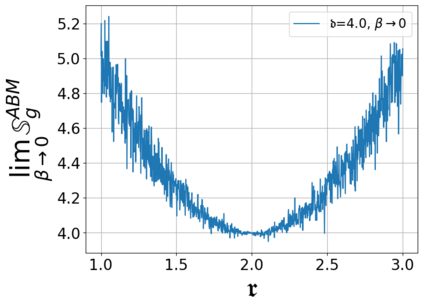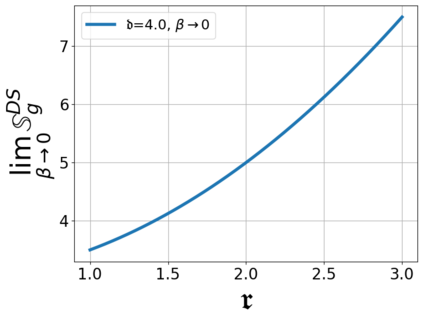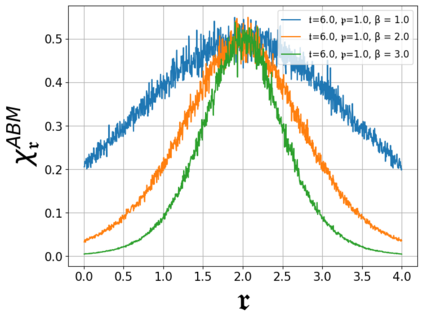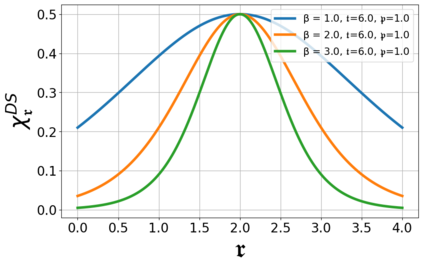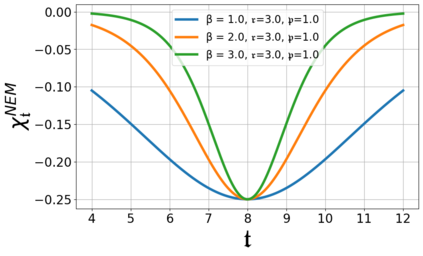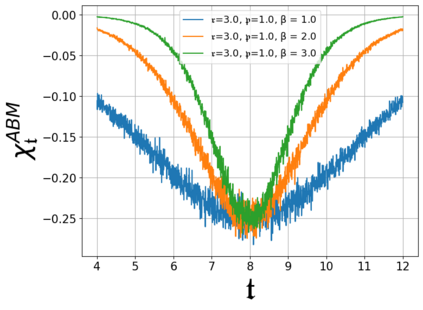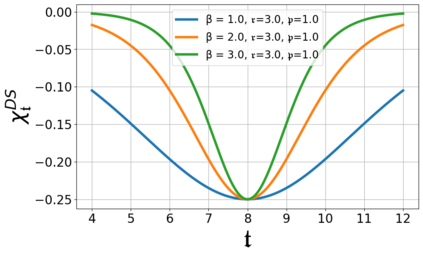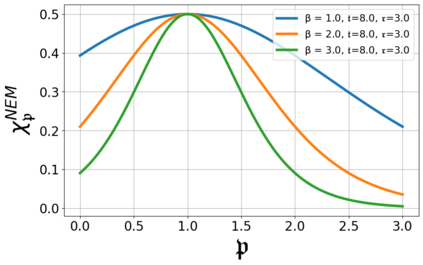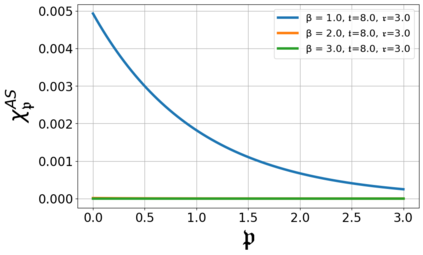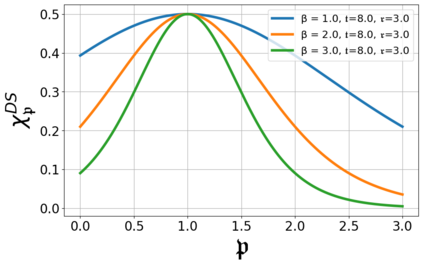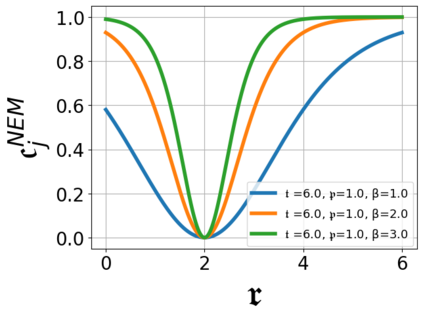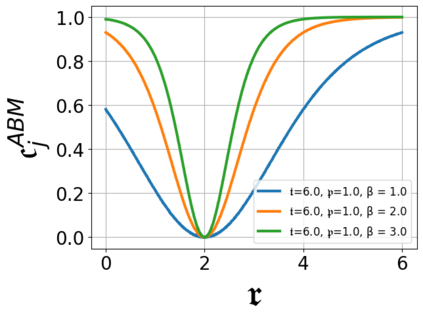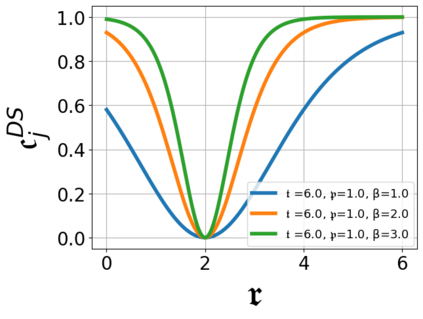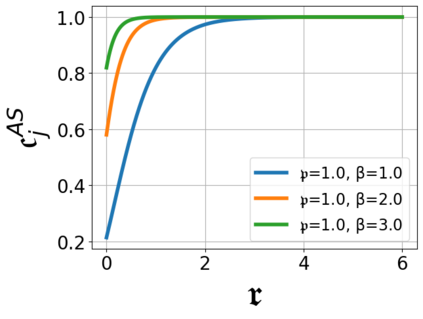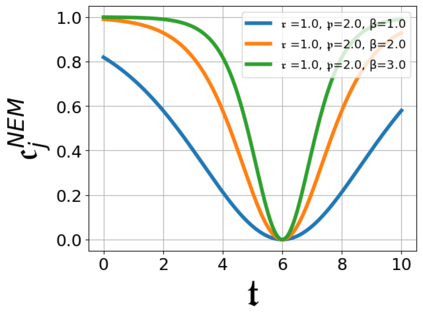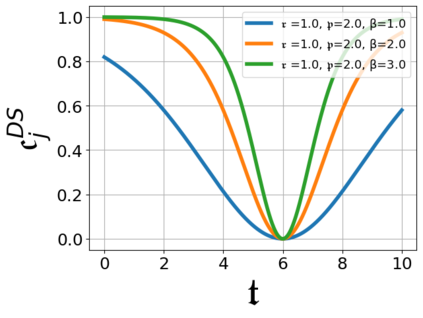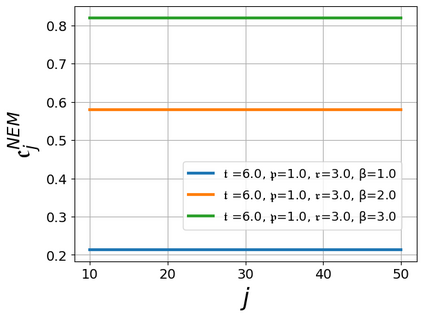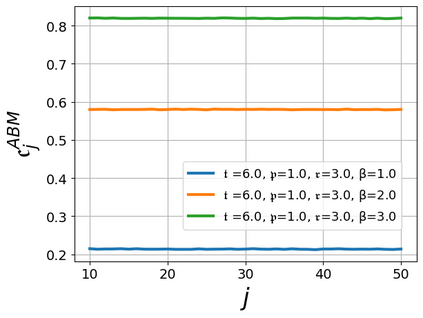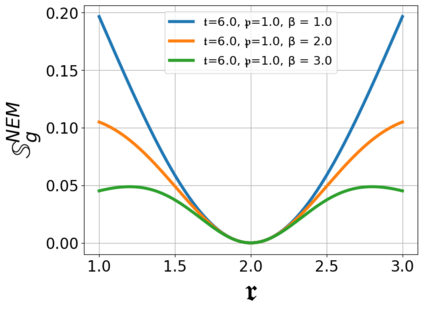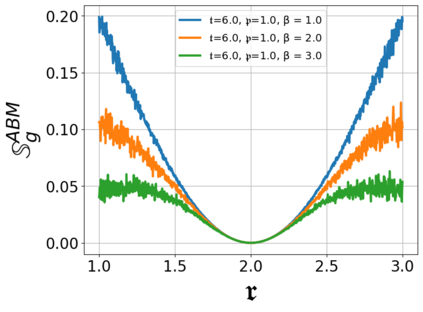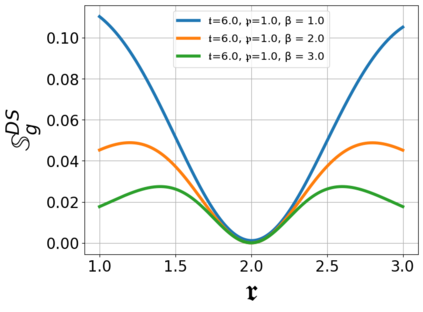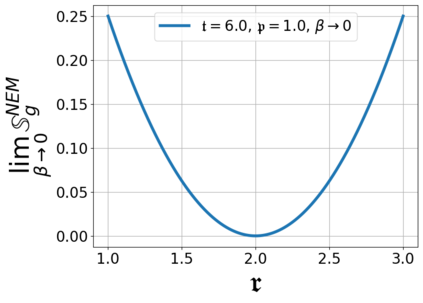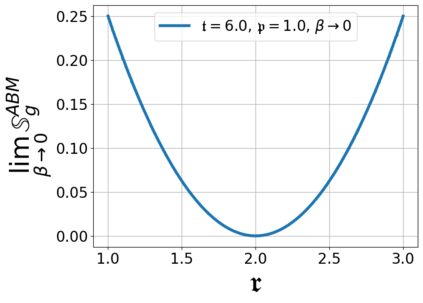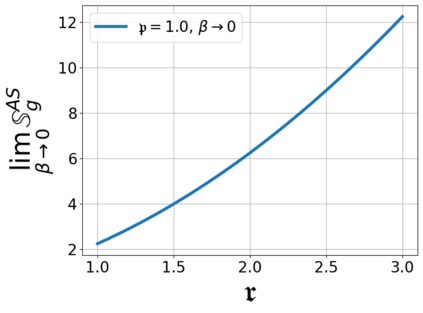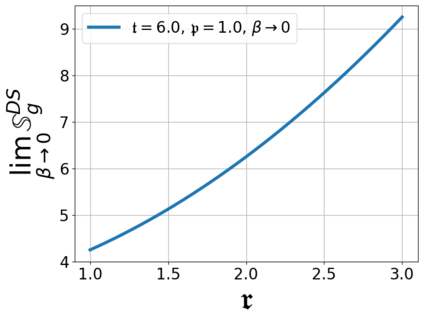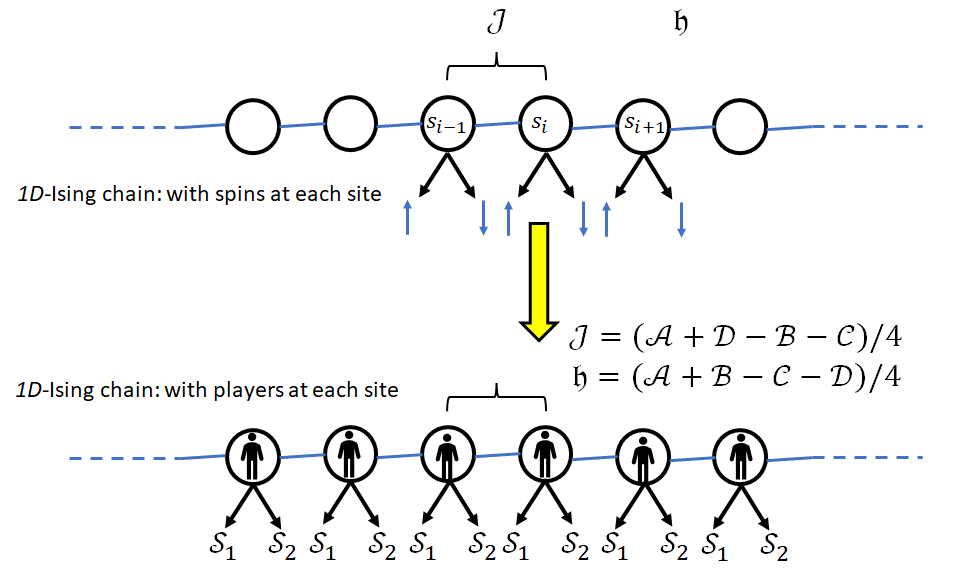Analytically, finding the origins of cooperative behavior in infinite-player games is an exciting topic of current interest. Previously, cooperative behavior has been studied by considering game magnetization and individual player's average payoff as indicators. This paper shows that game susceptibility, correlation, and payoff capacity can aid in understanding cooperative behavior in social dilemmas in the thermodynamic limit. In this paper, we compare three analytical methods, i.e., Nash equilibrium mapping (NEM), Darwinian selection (DS), and Aggregate selection (AS), with a numerical-based method (ABM) via the game susceptibility, correlation, and payoff capacity as indicators of cooperative behavior. AS and DS fail compared to NEM and ABM by giving incorrect results for the indicators in question. The results obtained via NEM and ABM are in good agreement for all three indicators in question, for both Hawk-Dove and the Public goods games. After comparing the results obtained for all five indicators, we see that individual players' average payoff and payoff capacity are the best indicators to study cooperative behavior among players in the thermodynamic limit. This paper finds that NEM and ABM, along with the selected indicators, offer valuable insights into cooperative behavior in infinite-player games, contributing to understanding social dilemmas in the thermodynamic limit.
翻译:暂无翻译

